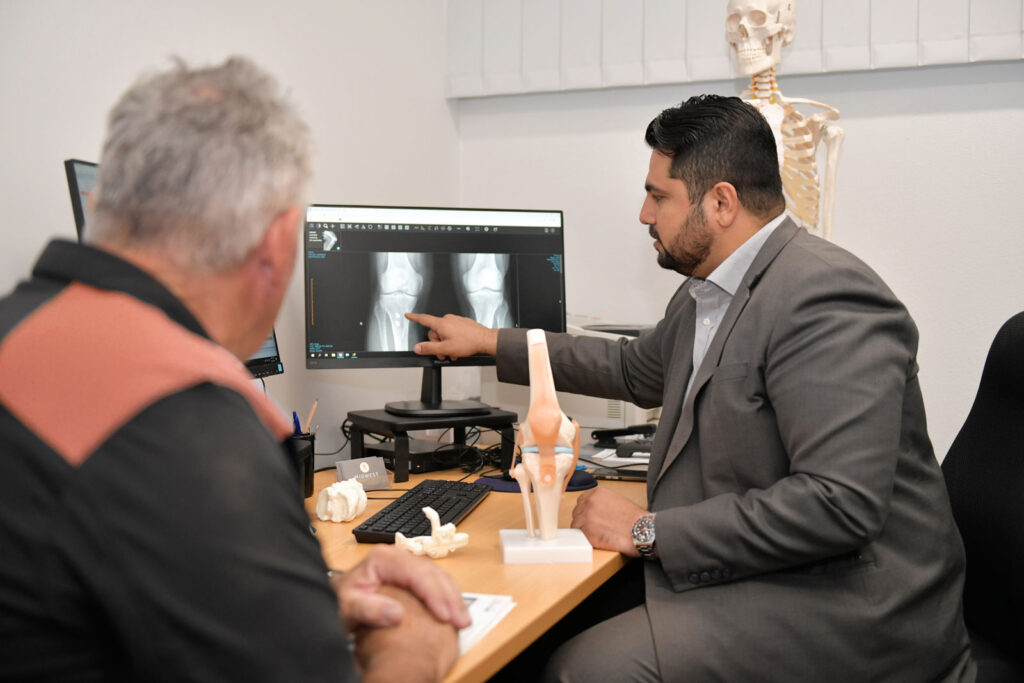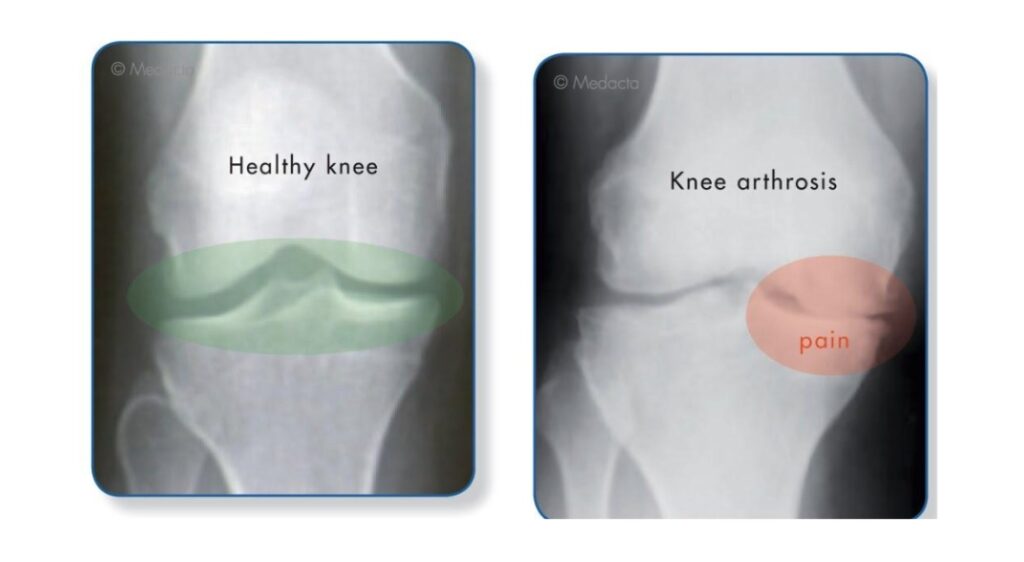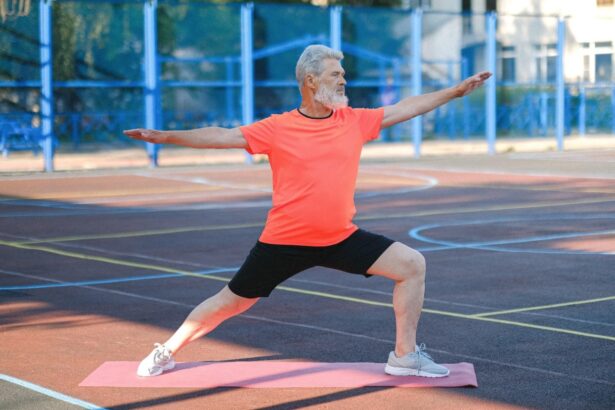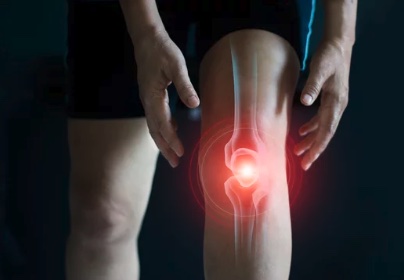
Knee arthritis is a common condition that affects millions of people each year. In fact, almost everyone will develop some form of Arthritis in their lifetime. Osteoarthritis is the most common form of arthritis in the knee. It is a degenerative, “wear-and-tear” type of arthritis that occurs most often in older people, although it can occur in younger people too. With osteoarthritis, your cartilage deteriorates, and your bones start to rub directly against each other causing pain.
Causes of knee osteoarthritis
There are many factors that can contribute to osteoarthritis however advanced age is the most common cause because our body’s ability to heal cartilage decreases as we get older.
Other factors that can contribute to knee osteoarthritis include:
Weight: Excessive weight increases pressure on your knee joints, causing more rapid wear-and-tear on the cartilage inside them.
Sex: Women are more likely than men to develop osteoarthritis, possibly due to hormone imbalances women experience during their lifetimes.
Heredity: Inherited abnormalities in the shape of the bones can contribute to early osteoarthritis of the knees. In addition, osteoarthritis is more prevalent in some families and is thought to have an inherited component
Athletes: Regular exercise has been shown to strengthen the joints and can reduce the risk of knee arthritis however, some athletic activities can increase the risk for developing knee osteoarthritis.
Repetitive Stress: Constant pressure on the knee joint through activities such as heavy lifting, kneeling, or squatting can stress the knee joint and lead to early wear on the cartilage.
Previous Injury: Trauma, accidents or other injuries to the joint can cause early wear to the cartilage and can result in early knee osteoarthritis.
Other Illness: Metabolic disorders, auto immune diseases and other underlying health conditions can also contribute to early knee osteoarthritis.

Knowing the risk factors for knee osteoarthritis is important because it will help you to take steps to minimise your risk as well as monitor your own health.
Symptoms of knee osteoarthritis
Osteoarthritis pain will often be felt in your thigh, and on the side of your knee which radiates through to your shin bone. It can occur in one knee or in both, and the symptoms and pain may come and go depending on the time of day and even with changes in the weather. Other symptoms may include stiffness and limping, a loss in flexibility and swelling. The pain can become worse over time, it can limit your range of motion, and is often extremely uncomfortable, reducing your ability to perform your normal day-to-day activities.
Diagnosing knee osteoarthritis
Diagnosis of knee osteoarthritis is not always straight forward because an x-ray does not always pick up subtle changes in the knee or to the articular cartridge. So, to diagnose knee osteoarthritis, Dr Singh will go through all your medical history, followed by a physical examination. Your medical history is compiled by asking you questions about your knee pain, any medications you may be taking, and prior injury and other bone and joint problems you may have. The physical examination will evaluate your range of motion and Dr Singh will observe how you walk, sit, bend, and move which all assist with your assessment and diagnosis.
Further testing may be required including x-ray’s, blood tests, or an MRI.
Many conditions can cause knee pain, so a correct diagnosis in consultation with Dr Singh is critical in determining the best treatment option for you.
Treating knee osteoarthritis
The primary goal of knee arthritis treatment is to alleviate pain and return you back to your regular activities. Treatment usually starts with simple measures such as the use of a walking stick, knee strengthening exercises, physiotherapy, and weight loss. Your general practitioner may recommend joint supplements as a suitable first step for you, as well as prescription arthritis tablets called non-steroidal anti-inflammatory medication (NSAID’s).
If your pain, however, is no longer being relieved by the nonsurgical treatments, is occurring frequently, is interfering with your day-to-day activities, and reducing your overall quality of life, surgical treatment may be an option with several different options available, depending on the condition of your knee.
Your treatment options can all be discussed in your consultation with Dr Singh as, many conditions can cause knee pain and/or injury so, a correct diagnosis in consultation with Dr Singh is critical in determining the best option for you.
 Christmas Operating Hours
Christmas Operating Hours 


















